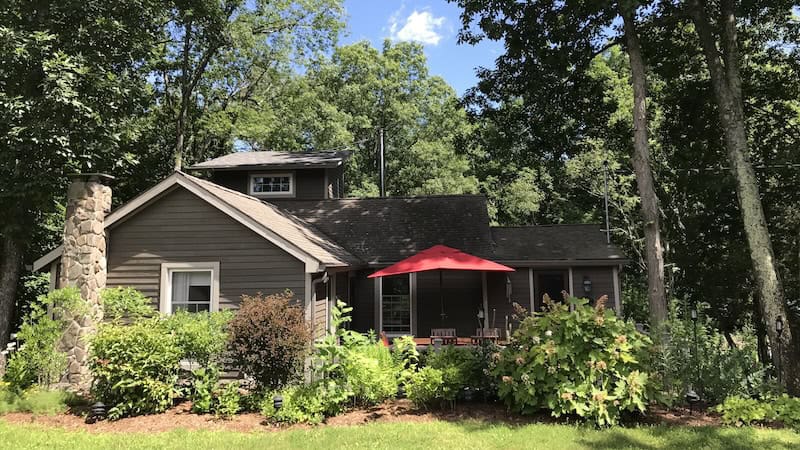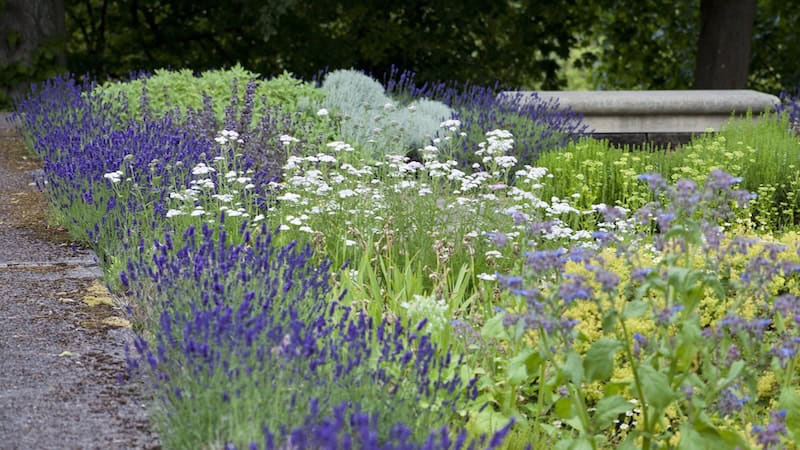Try Native Landscaping for Your Yard
10 tips for making it work for you

Native landscaping is part of a popular trend relating to outdoor environments in which the installed landscape is indigenous or native to a particular geographic environment or region.
What this typically allows for is landscape that not only blends more organically with the surroundings but often requires fewer pesticides to maintain.
Design Recipes takeaway tips for native landscaping
When considering native landscaping here are 10 helpful hints:
- Research to learn which plants are native to your area or region.
- Select a landscape specialist with knowledge of native landscaping.
- Visit a local nursery to gather information and ask questions.
- Evaluate your soil to understand the ideal location for planting.
- Have a water system in place. You will want to avoid areas that accumulate excess water.
- Create a landscape plan first, then plant.
- Select plantings that allow for succession of bloom or year-round foliage.
- Choose a sunny location for your landscape.
- Incorporate plantings that will grow both at different widths and heights.
- Look to blend both color, shape and size into your native landscape.
Cathy Hobbs, based in New York City, is an Emmy Award-winning television host and a nationally known interior design home staging expert and short-term rental/vacation home designer with offices in New York City and The Hudson Valley. Contact her at info@cathyhobbs.com or visit her website at cathyhobbs.com.
©2024 Tribune Content Agency, LLC.
More on the benefits of planting native species
What do monarch butterflies, English ivy, American chestnut trees and the James River Park in Richmond, Virginia, have in common?
All demonstrate the harm caused by the loss of native habitat and the infiltration of non-native species (called “invasive” when they harm natural resources, economic activity and/or humans).
The population of monarch butterflies – amazing insects that migrate more than 2,000 miles – has declined precipitously, in part because their caterpillars eat only milkweed, which is disappearing. English ivy chokes out surrounding ground plants and covers and kills trees. The American chestnut tree population has been decimated by a fungal pathogen accidentally imported from Asia.
And in Richmond: “The James River Park has areas where the only thing native at this point are the mature trees,” says Bill Shanabruch, who is on the park’s Invasive Plant Task Force. “We’re going to lose those because [invasive] vines are killing them.”
A growing problem
At first glance, the harm seems superficial, or even just annoying: so sad about the American chestnut, but other trees can take its place – right?
No, not so much.


